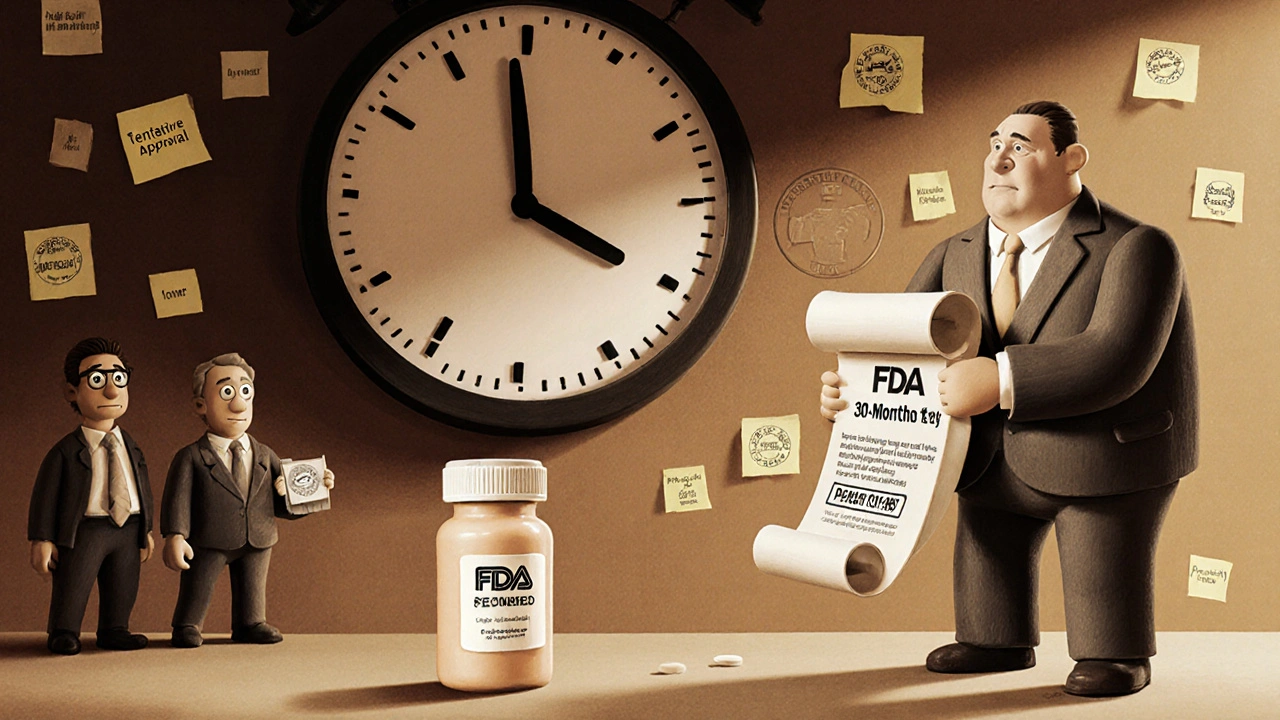FDA ANDA: What It Means for Generic Drugs and Your Health
When you pick up a generic pill, you might assume it’s just a cheaper version of the brand-name drug. But what actually makes it legal to sell? That’s where the FDA ANDA, the Abbreviated New Drug Application process used by the U.S. Food and Drug Administration to approve generic medications. Also known as generic drug application, it’s the legal gateway that lets manufacturers prove their version works just like the original—without repeating every clinical trial. This isn’t just paperwork. It’s the reason your lithium carbonate, doxycycline, or warfarin costs less but still keeps you stable.
The FDA doesn’t just accept any generic. For a drug to get approved under ANDA, the manufacturer must show it has the same active ingredient, strength, dosage form, and route of administration as the brand. But here’s the catch: inactive ingredients, manufacturing sites, and even how fast the drug releases can vary. That’s why some people notice differences in side effects or how well their medication works. The therapeutic equivalence, a rating given by the FDA to indicate that two drugs produce the same clinical effect and safety profile. Also known as bioequivalence, it’s the key standard that tells pharmacists and doctors whether a generic can be swapped without risk. Authorized generics—made by the same company as the brand—are often the most consistent because they’re identical down to the coating and filler.
Manufacturing changes matter too. If a company moves production to a new factory or tweaks the formula, the FDA may require a new review. That’s where post-approval supplements, submissions that notify the FDA of changes to an already-approved generic drug. Also known as PAS or CBE, these filings ensure safety doesn’t slip through the cracks. You won’t hear about these behind-the-scenes updates—but they’re why your generic pill might suddenly feel different. Some changes are minor; others can trigger recalls or dose adjustments, especially for drugs with a narrow therapeutic index like lithium or warfarin.
What you’ll find in these posts isn’t just theory. Real stories from people managing bipolar disorder, heart disease, Parkinson’s, and infections show how ANDA approvals directly impact daily life. Some generics work perfectly. Others cause unexpected drops in effectiveness or new side effects. You’ll learn which drugs are safest to switch, how to spot when a generic isn’t working, and why your doctor might stick with the brand despite the cost. This isn’t about being anti-generic—it’s about knowing what’s truly equivalent, and when to ask for more.

